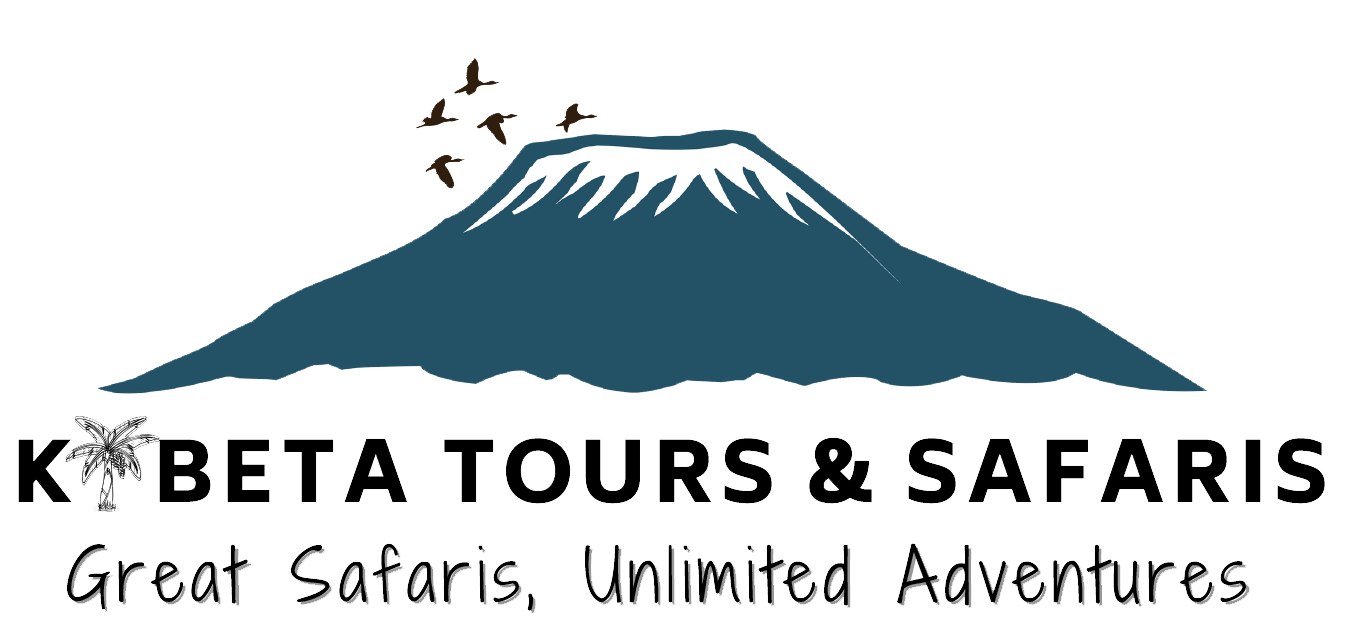Besides linking the digital world of blockchain with the actual world of bodily belongings, real-world property have the potential to democratize funding, increase accessibility, and unlock liquidity opportunities in DeFi. DeFi platforms use RWAs similar to art and actual estate as collateral in borrowing and lending. This permits borrowers to borrow loans in various crypto belongings, similar to stablecoins, while lenders earn curiosity. The core concept of real-world asset tokenization is basically to create a virtual funding car on the blockchain linked to tangible things like real property, precious metals, art and collectibles. So as a substitute of the deed to a house being a physical piece of paper, the possession is put on-chain.
Asset Tokenization Practical Law The Journal – Reuters
Asset Tokenization Practical Law The Journal.
Posted: Sat, 01 Jun 2024 05:21:32 GMT [source]
Index funds in decentralized finance could use RWAs to give investors new alternatives to realize exposure to a myriad of property via a single funding, which helps unfold threat. In addition, RWAs present new options for less risky investments within the DeFi ecosystem. By offering belongings linked to secure goods, DeFi buyers can probably interact with markets that aren’t as volatile as the crypto sector.
Clever Use Circumstances For Tokenized Rwas
Tokenized RWAs also current some risks, mainly on the aspect of the custody of bodily assets, which should be reliably carried out, and the connection to the surface world. Finally, it isn’t enough simply to issue an asset, there should even be good market liquidity or demand for it in order for it to thrive. Ark7 is a technologically superior, SEC-approved platform for fractional real property investments. It has an funding idea that is share-based, permitting multiple traders to purchase rental property shares. The trajectory of asset tokenization is poised to reshape the landscape of funding and asset administration.
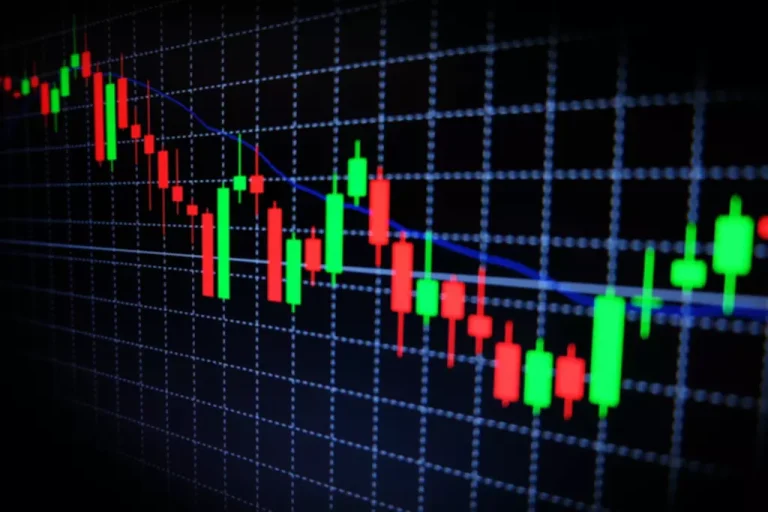
One major problem with the tokenization of real estate is the lack of a transparent authorized framework which poses numerous risks. Additionally, while tokenized real property permits buyers to invest in fractional possession of a property, proving possession of a digital token doesn’t automatically grant them equal rights to the bodily property. Tokenized real-world property are digital tokens issued on a blockchain representing ownership of real-world assets. These assets real world assets crypto might be anything priceless, similar to artwork, commodities, real estate, and shares. Each token represents a small piece of the asset’s value and is developed utilizing the token standard of the respective blockchain. Once created, the blockchain keeps a report of who owns every token and information each token’s transaction knowledge, making certain transparency and validity and thus decreasing the chance of fraud.
What Are Tokenized Real-world Assets?
The launch of the Ethereum blockchain and the rise of the onchain finance ecosytem saw the utilization of stablecoins increase, with stablecoins getting composed into onchain purposes, primarily as a way to generate yield. While this yield was often generated from crypto leverage traders and inflationary rewards, stablecoins connected the onchain finance ecosystem again to the traditional financial economy—expanding the value proposition of crypto by orders of magnitude. Some industry leaders imagine tokenization stands to remodel the structure of monetary companies and capital markets as a outcome of it lets asset holders reap the benefits of blockchain, corresponding to 24/7 operations and data availability.
Please observe that our Terms and Conditions, Privacy Policy, and Disclaimers have been updated. According to knowledge on DefiLlama, the total volume locked (TVL) in real-world asset tokens as of March 29, 2024, was over 4 billion dollars. It’s not solely high-value objects like vintage automobiles, actual estate and gold which are getting tokenized, but in addition U.S. MakerDAO, one of Ethereum’s oldest and most established DeFi protocols, has made vital strides in adopting RWAs into its DeFi ecosystem. The main DeFi project has several institutional buyers that borrow its DAI stablecoin and successfully tokenize Treasury bills (T-bills) to make use of inside the MakerDAO ecosystem.
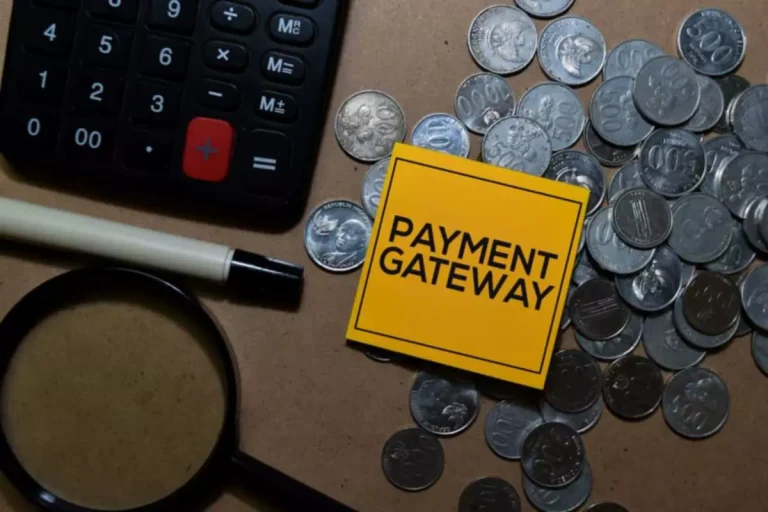
The key merchandise of Ondo Finance embody OUSG, the world’s first tokenized US Treasuries product, and Flux Finance. This lending protocol showcases the utility of using tokenized Treasuries as collateral in DeFi markets. The ONDO token is used for governance within the Ondo DAO, permitting holders to vote on proposals regarding the protocol’s future path, growth, and useful resource allocation. Real-world asset tokenization is remodeling finance by digitizing possession of property like actual property and art, making them tradable on the blockchain.
What Is Tokenization?
POLYX, the native utility token of Polymesh, serves multiple very important features inside its ecosystem. It isn’t solely the medium for paying transaction charges but additionally underpins various operational features of the network, corresponding to governance, staking, and creating and managing security tokens. POLYX operates underneath a unique tokenomics mannequin the place its supply approaches an asymptotic restrict, with new tokens generated based on a predefined algorithmic schedule.
The process begins with selecting and valuing a real-world asset that might be tokenized, like art, real property, or shares. As the value of the RWA is decided at this level, a choice can additionally be made about how many digital tokens the item might be divided into. The maturation of tokenization will lead to the event of refined asset management tools that utilize AI and machine studying. These tools will present predictive analytics, risk evaluation, and automated administration strategies for tokenized assets.
Swarm emphasizes regulatory compliance, making it suitable for conventional financial markets. It aims to create a bridge between conventional finance (TradFi) and DeFi by utilizing the tokenization of real-world belongings to establish a new financial market. As of March 2024, based on knowledge on DefiLlama, Swarm enjoys a TVL of over $5.four million. Mantra (OM) is a Layer 1 blockchain platform that has garnered attention within the real-world asset (RWA) tokenization space.
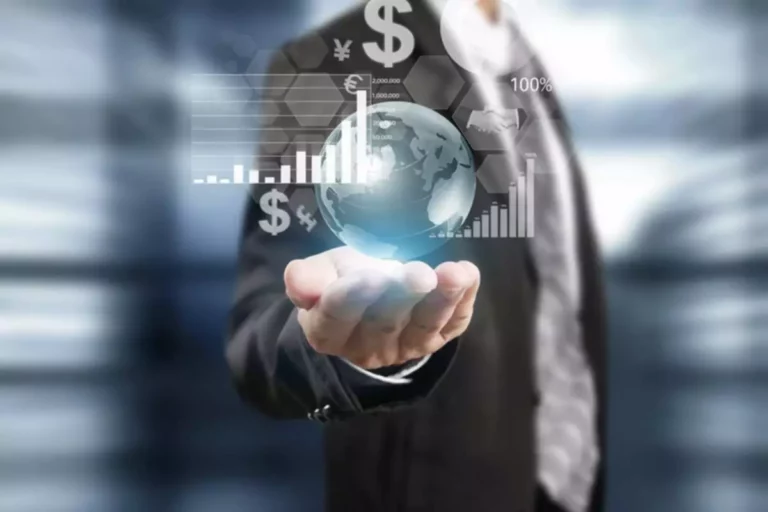
For example, bonds that are instantly issued onchain as tokens are native RWAs, whereas a bond that is issued and held offchain might be tokenized as a non-native RWA. The core value proposition of public blockchains is to resolve coordination issues by serving as a decentralized, credibly impartial settlement layer that any application could be permissionlessly deployed upon. Blockchain functions operate exactly as programmed with out human intermediation, are auditable by anyone in real-time, and could be seamlessly composed into different blockchain purposes. What’s more, since tokenization debuted five years ago, many financial-services companies have significantly grown their digital-asset teams and capabilities.
What Are Tokenized Real-world Assets (rwa) And The Method It Works
Additionally, some platforms facilitate liquidity by permitting traders to commerce their shares with different members on secondary markets. The bulk of MakerDAO’s RWA collateral (~$500M) comes in the form of US treasury bonds managed by Monetalis (MIP65). These belongings present the protocol a supply of yield on otherwise idle USDC collateral. MakerDAO also launched a vault backed by $100M worth of loans originating from a group bank in Philadelphia called Huntingdon Valley Bank (HVB). In a separate vault, Société Générale borrowed $7M from MakerDAO ready backed by €40M worth of AAA-rated bonds tokenized as OFH tokens.

Tokenization may be applied to varied belongings, together with bodily property like real estate, intangible belongings like mental property, and monetary property like shares and bonds. Given that tokenized real-world property rely upon the existence of traditional monetary institutions, their trust properties will doubtless never be the same as a onchain finance ecosystem dealing solely in crypto-native belongings. Most institutions is not going to feel snug deploying trillions of dollars price of belongings on public blockchains without the necessary guardrails and permissions required to mitigate both operational and regulatory risks. Scaling onchain finance to a world level with tokenized RWAs means assembly institutions within the center. Real-World Asset (RWA) Tokenization refers to the means of converting the possession rights of tangible or intangible property into digital tokens on a blockchain platform. This revolutionary approach permits for the illustration of a wide selection of property – corresponding to real property, paintings, commodities, and financial devices – in a digital form that can be traded and owned fractionally.
To leverage the aforementioned benefits, RWAs can be generated in considered one of two token formats. The first format is non-native tokens, where onchain tokens are issued to characterize RWAs that exist and are managed offchain by a custodian. This is the most typical sort as a end result of infancy of RWAs and the power to leverage existing financial infrastructure around asset custody. These are just a few examples, and the potential for tokenizing real-world property is huge, with new opportunities emerging as the expertise evolves. There is a continued name for a universal standard for tokenized RWAs to construct investor confidence. Tokenization has the ability to rework markets and create new opportunities by building a regulated and standardized system that allows blockchains to be interoperable.
Real-world belongings (RWAs) in blockchain are digital tokens that characterize bodily and traditional financial property, corresponding to currencies, commodities, equities, and bonds. Remember, a great tokenization blockchain must also have superior smart contract features as that automate important processes. The subsequent step is the creation of digital tokens that represent possession over the physical, tangible asset. At its core, this course of allows one thing new, facilitating the creation of a blockchain-based digital investment automobile linked to tangible property. Blockchain-based tokens characterize specific physical assets on a blockchain community, including bonds, cash, and real property, among others. This article explores tokenized real-world property (RWAs), how tokenization works, its advantages, and its significance in decentralized finance (DeFi).
The Growth, Dominance, And Sustainability Of Stablecoins
By 2022, a mere three years after its launch, Securitize Markets featured among the top 10 US stock transfer brokers, servicing over 1.2 million investor accounts and three,000 shoppers. Securitize primarily makes use of the Ethereum blockchain however is blockchain agnostic, meaning it may possibly work with various blockchains. For many people, proudly owning a digital home often refers the houses in games like Sims or Animal Crossing. For a lengthy time, the thought of residence ownership has been tied to the concept of being in a position to see and contact it bodily. But with blockchain technology, you cannot only own pieces of a home, however paintings and gold digitally.
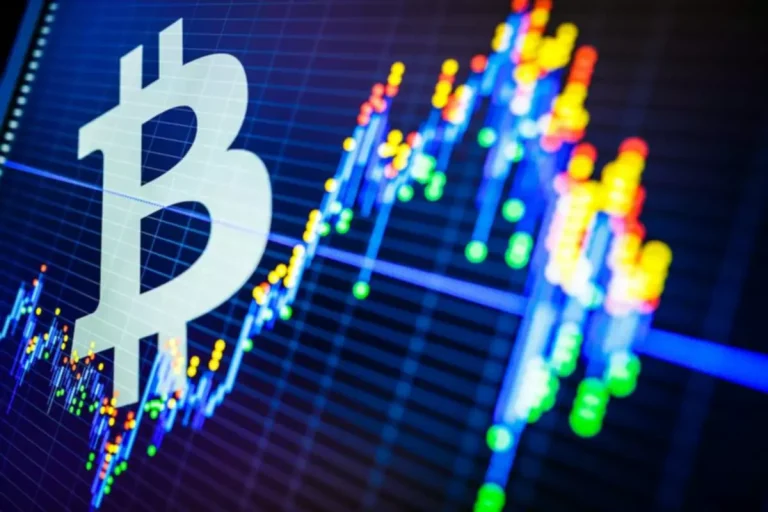
Treasury payments, and repurchase agreements for its funding technique underscores a conservative yet pioneering approach to merging conventional financial property with the flexibleness and effectivity of blockchain know-how. Key ecosystem participants include major names like Anchorage Digital Bank NA, BitGo, Coinbase, and Fireblocks, highlighting the broad trade assist and the collaborative effort in the ecosystem to push ahead the RWA tokenization agenda. At its core, RWA tokenization involves the creation of digital tokens that reflect a stake, share, or possession in a real world asset.
